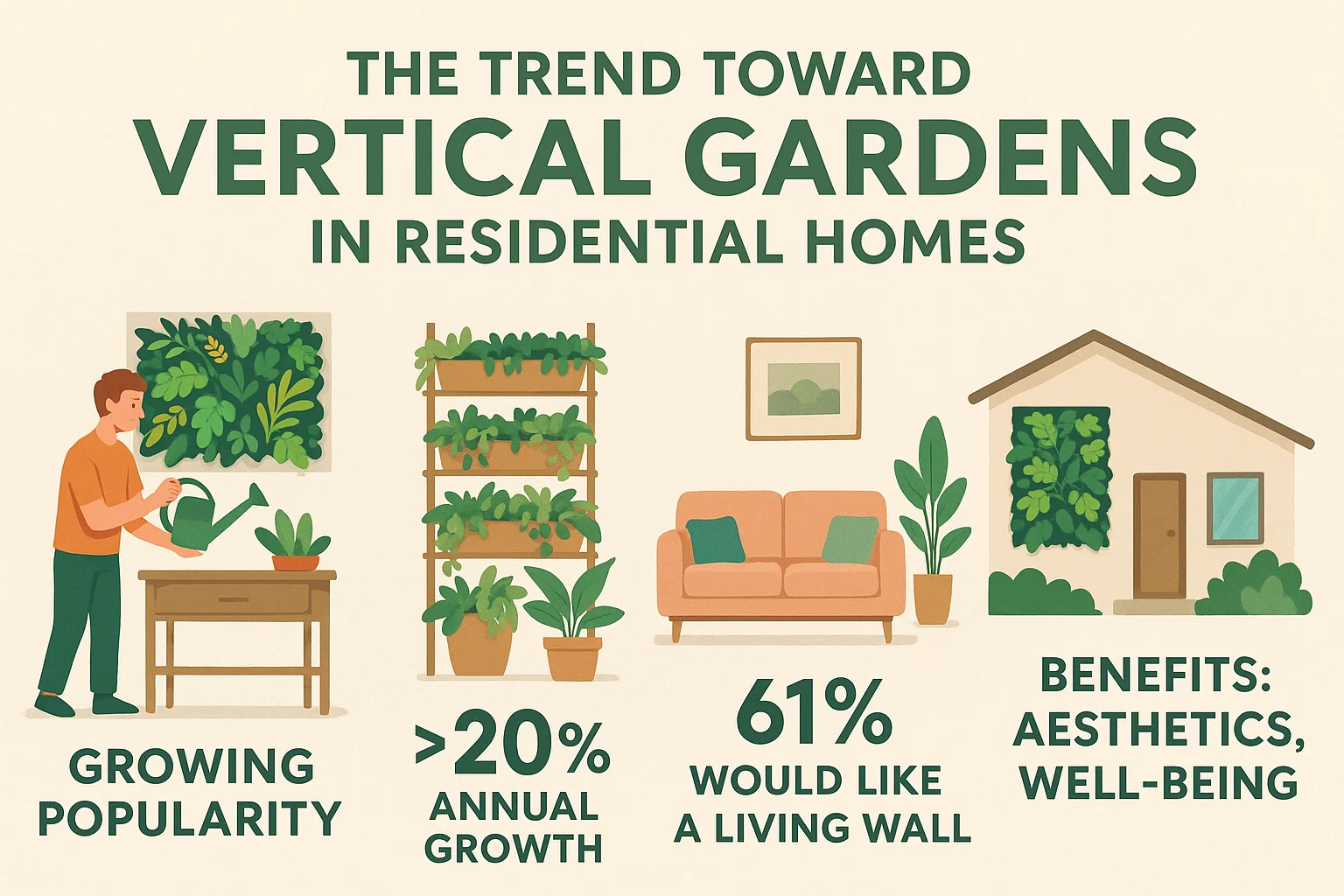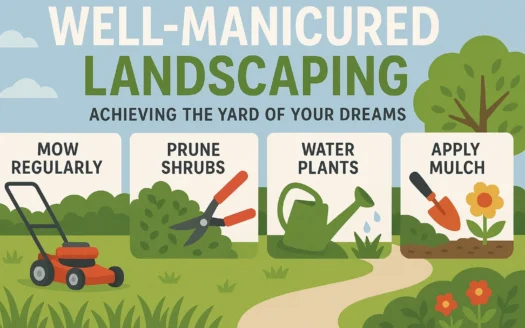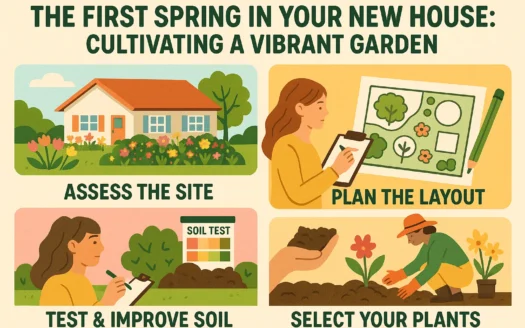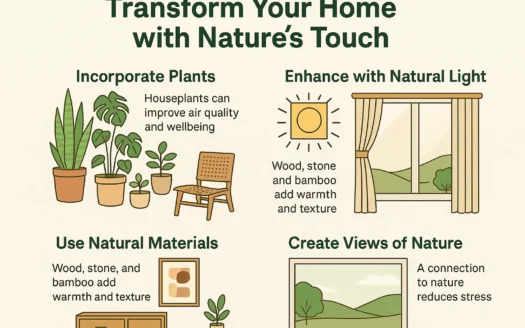The Trend Toward Vertical Gardens in Residential Homes
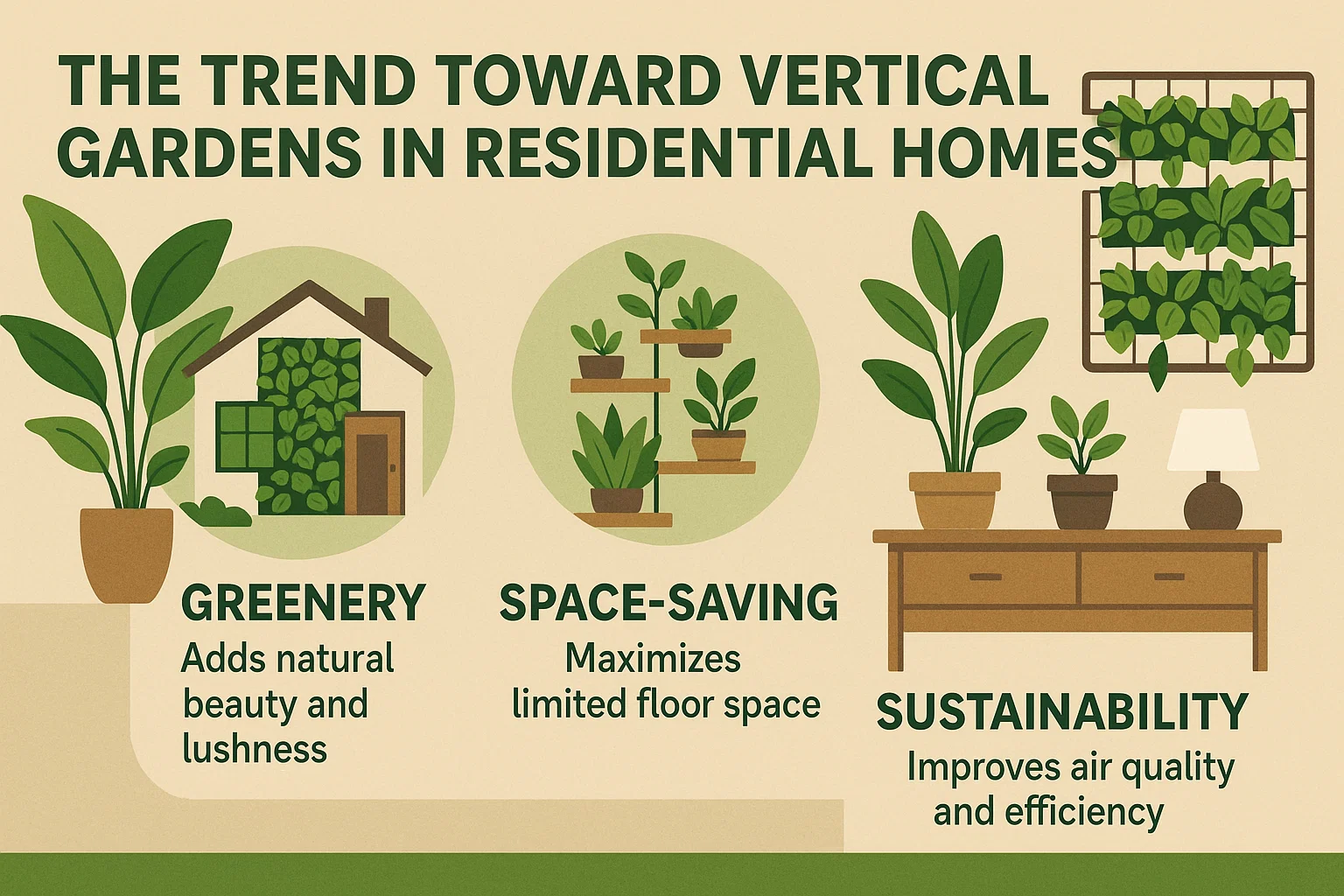
The Trend Toward Vertical Gardens in Residential Homes Give New Meaning to the Phrase “Green Space”
You’ve heard of statement walls—the term used by designers when suggesting a funky wallpaper pattern or bold shade of paint. But if you really want to turn heads, including your own, try a vertical garden, also known as a living wall.
A Living Legacy
Innovative landscape architects have embraced vertical hanging systems designed to support living plants ever since French botanist Patrick Blanc popularized the concept 25 years ago. For years, these upright green fields were found mostly in commercial and institutional spaces aiming to showcase environmental commitment. If you’ve ever seen a vertical garden, you know how striking they can be and how much drama they add to a space.
Bringing the Outside In—Literally
Today, vertical gardens are increasingly appearing in residential homes thanks to new products that make them more accessible. Special systems, often crafted from recycled materials like aluminum panels, are mounted on walls, allowing plants to grow in individual pods with discreet irrigation lines. “The trend is literally taking the popular adage ‘bring the outside in’ to new heights,” says Jason Rokosh, owner of Vertical Landscape Architects in Toronto.
Cost Considerations
While demand and innovation are driving costs down, vertical gardens remain an investment. Prices start at around $50 per square foot, including the system, plants, irrigation, and lighting. However, transforming a small section of a living room wall (such as a 5×6-foot area) into a living artwork may cost roughly the same as a high-end refrigerator. Accessibility of the installation site also impacts pricing—hard-to-reach spaces typically cost more.
Key Factors to Consider
- Lighting: Vertical gardens require adequate light. Indoor installations need indirect light near windows or skylights.
- Maintenance: Automated irrigation systems help, but regular care is essential. “Anybody who thinks the system will take care of itself probably shouldn’t consider it,” warns Rokosh.
- Location: Choose a sturdy wall that can support the weight and select plants suited to the environment (e.g., low-light tropical varieties for indoors).
Health Benefits and Design Impact
Vertical gardens purify air, add humidity, and boost oxygen levels. For maximum impact, focus on a high-traffic area. “There are health benefits to vertical gardens, so choose a space where you spend a lot of time,” Rokosh advises.
Getting Started
Beginners can experiment with small, DIY systems available from retailers like Williams-Sonoma. Patios or pool decks are ideal test spots due to easier access and natural light. As confidence grows, homeowners can scale up to more sophisticated designs.
“People don’t realize the technology exists and that hanging plants vertically is even possible. But once they see the extraordinary benefits, they’re hooked.”
From air purification to aesthetic transformation, vertical gardens redefine how we interact with nature indoors. Whether you’re a gardening enthusiast or a design-forward homeowner, this trend offers a fresh way to elevate your living space—literally.
